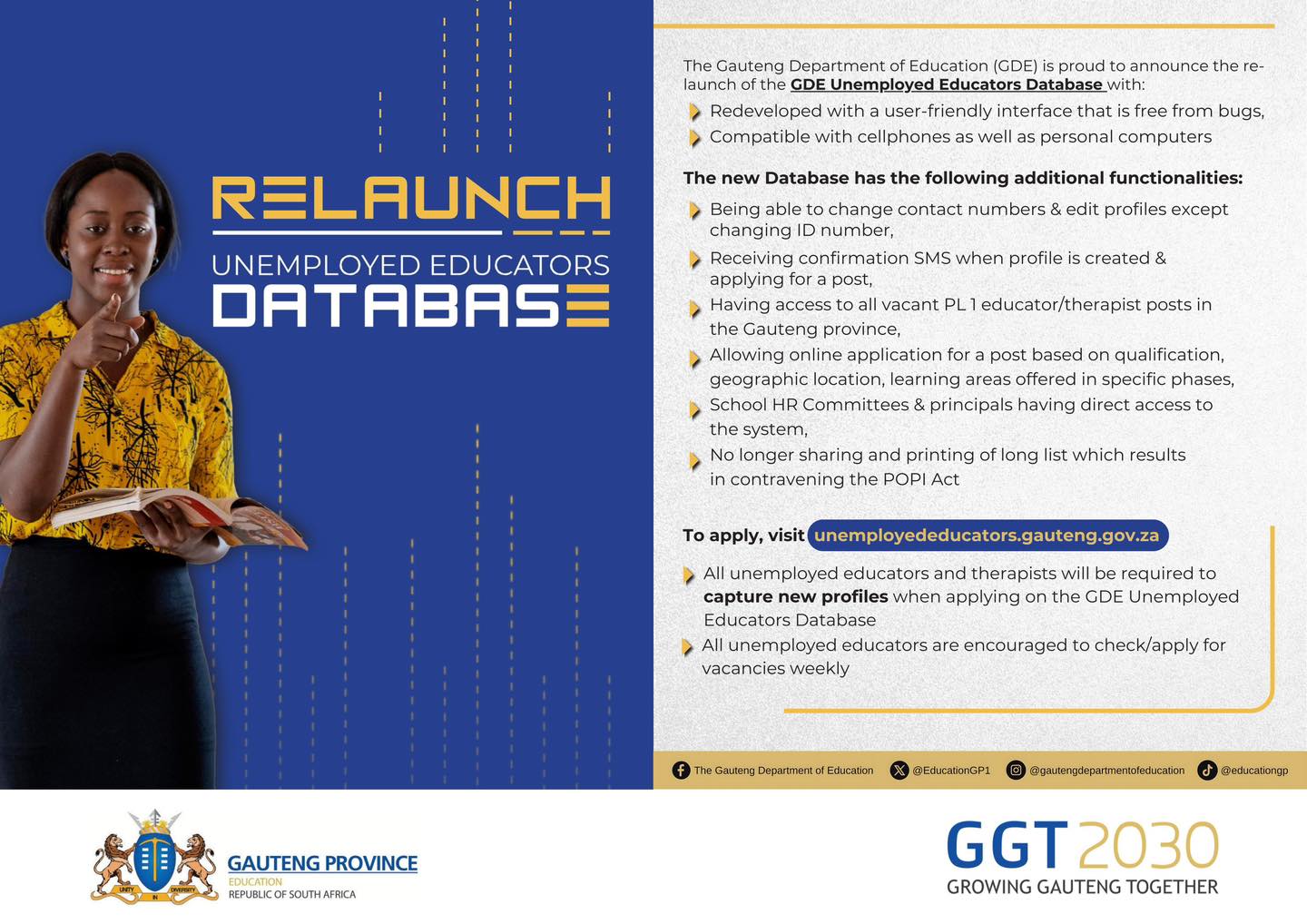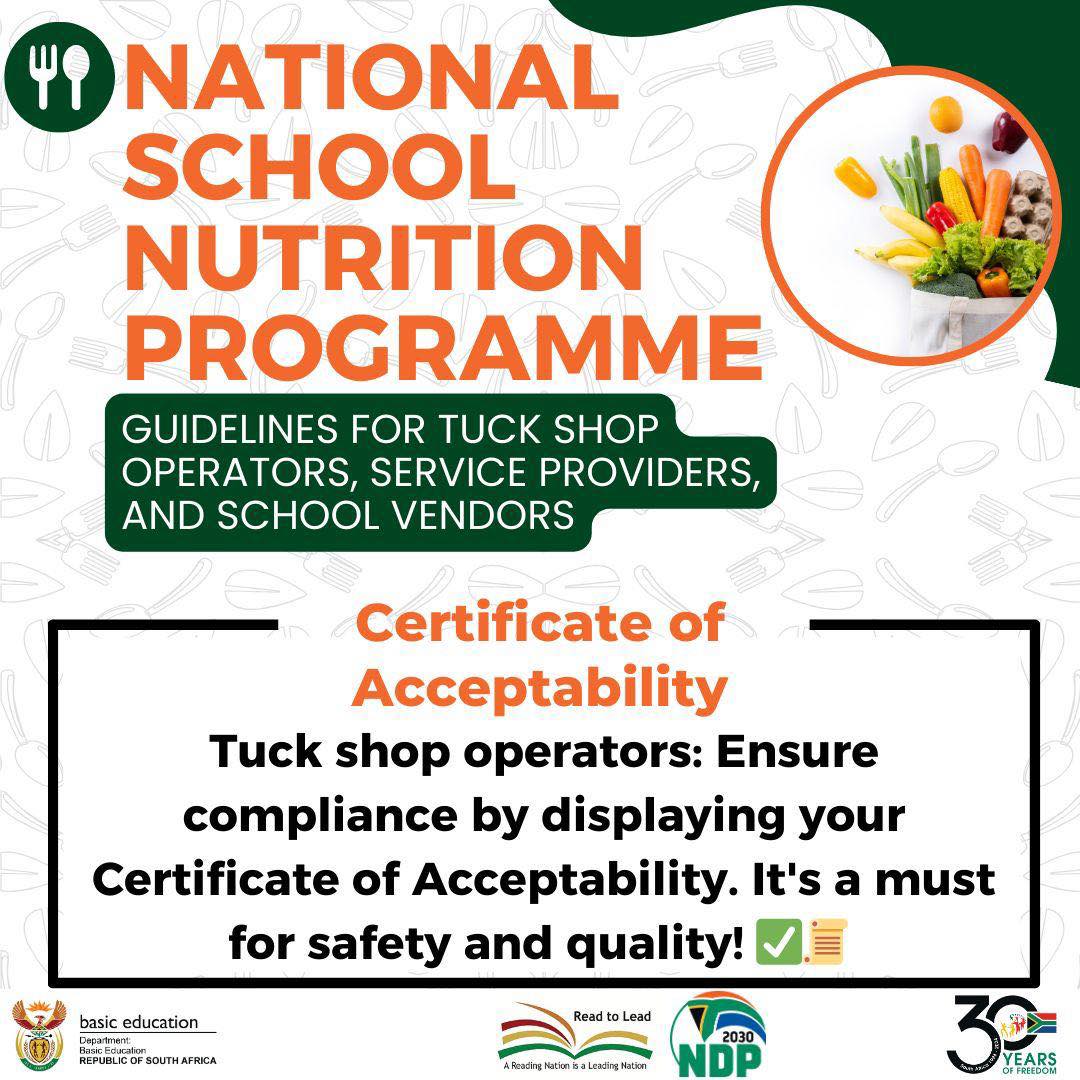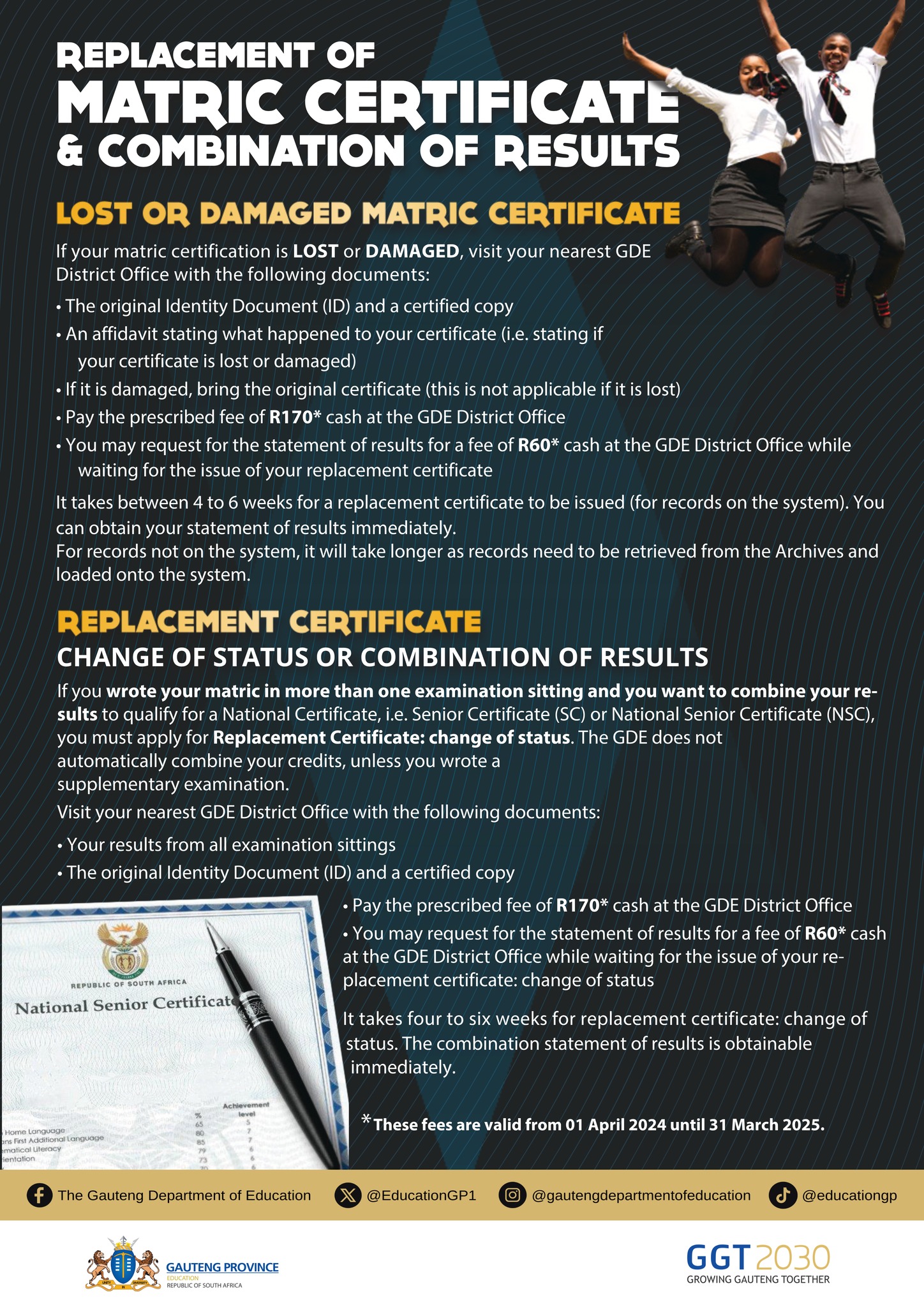By Prabashini Moodley
We’ve known for some time that employee wellbeing is good for business, but Old Mutual’s research shows that employees – and employers – now place an even greater emphasis on holistic wellbeing. Mental health stands out.
In Old Mutual’s 2024 Workplace Benefits Primary Research, powered by LIMRA, it topped the list of employees’ most important core benefit focus, with 83% of respondents highlighting it.
Unfortunately, not all employers are excelling on this score. The same research report found that just 58% of employees surveyed feel that their employer is invested in their emotional wellbeing. This is a number that we should worry about. But it’s also a low base, which means we have great scope for rapid, meaningful improvement.
In a recent interview for a brand-new publication we’re working on (watch this space!), I reflected on my and my team’s experience at work, and how I can empower them not only to do their best, but to help look after their mental health by recognising as early as possible when they’re struggling.
In my opinion, a leader’s primary role, especially in today’s often hybrid model, is to support employees. It’s vital to allow people to admit how they’re feeling. People want to feel safe and know that you care about them. As a result of going hybrid, one of the things I introduced was regular dinners together as a team, and making sure important meetings like performance reviews are done in person, whether it’s an office day or not.
Giving precedence to employee wellbeing within this hybrid framework has also moved me to shift my perspective on other things. I think differently about team gatherings now that we spend less time in the office together, and I try to be deliberate about seizing opportunities for connection, recognising that team gatherings now serve a greater purpose in fostering relationships.
A team lunch, year-end party or workshop means so much more than that now; it’s an opportunity for people to connect to the team and the brand and take a much-needed communal breath.
Last year, for example, on the second day of our annual strategy conference for senior managers, we deliberately put the focus on wellbeing. Instead of only talking shop, we put activities like yoga and meditation on the agenda, once considered frivolous in a corporate environment.
THE EMPLOYEE BENEFITS CONNECTION
So, what about the “financially secure” part of the ideal state of employee wellbeing? Old Mutual’s Workplace Benefits Primary Research showed a significant correlation between employees’ satisfaction with their benefits package and their satisfaction at work. The good news is that employers and employees largely agree on the most important core benefit offerings.
Employers ranked the following as the top five benefits:
• Retirement savings plan (92%)
• Medical aid (73%)
• Group funeral cover (68%)
• Group life cover (63%)
• Employee assistance programmes (61%)
Employees, meanwhile, ranked the following as their top five:
• Medical aid (98%)
• Retirement savings plan (95%)
• Employee assistance programmes (80%)
• Health/medical insurance (77%)
• Mental health benefits (75%).
As you can see, there’s significant agreement around the importance of retirement and medical aid benefits, so if you’re offering these, you’re on track. But you’ll also see there’s divergence around the importance of group life and funeral cover and, notably, mental health benefits.
So, all in all, it’s important to think about mental health not only in the way we work with our teams but also the benefits we offer them. This not only brings a business closer to Mkwebu’s ideal state of employee wellbeing but takes some of the financial burden of mental health care away and adds to their financial security. But there’s more.
A report by the Infosys Knowledge Institute called Future of Work last year showed that companies that increase staff retention are almost 20% more likely to boost revenues and profits than those that face worsening retention.
Taking an interest in your employees’ wellbeing and providing benefits that support them aren’t just good for employees, they’re good for the bottom line.
If you would like to know more about giving your employees better outcomes starting next year, get in touch. In the meantime, I hope you have a great festive, but also restful, December break.














